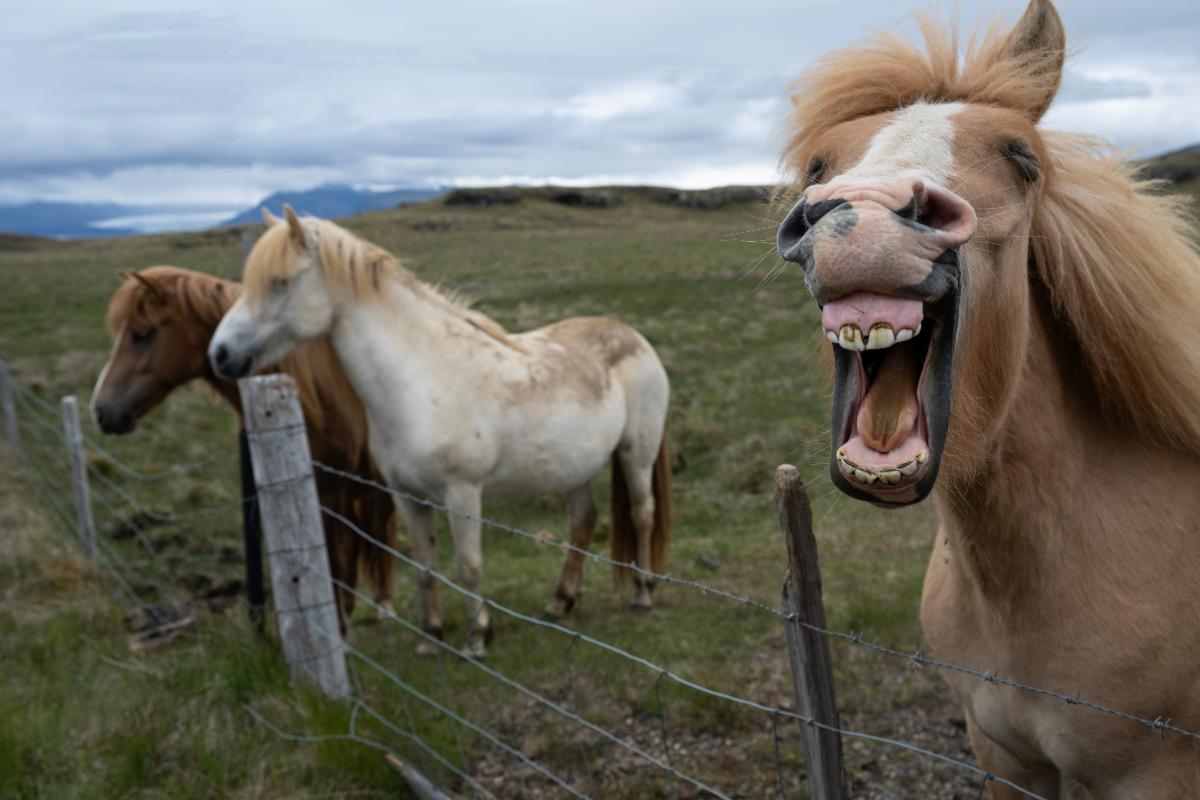Pointers By Paul's Photo
Tips for Photographing the Solar Eclipse of 2024

Jim is a Wisconsin based professional photographer specializing in event and aviation photography.
The April 8 eclipse is going to be the most watched AND most photographed event of the year. The experience of watching the eclipse move into totality and the sky darkening is something you will never forget. It’s also something you won’t see again in the United States for another 20 years. Photographs you take of this phenomena will be something you will always cherish.

Equipment
My plan is to use two cameras with long telephoto lenses:
500mm to 1000mm. Plus a third camera with wide angle lens (14-24mm) for a time lapse. Each camera will be on a tripod with a wired remote trigger cable so I can photograph with both cameras at the same time. One thing to keep in mind is that while the tripods will keep my cameras pointed in the right direction during the eclipse, the sun will be moving so I will be manually repositioning each camera/lens every minute or so.

Filters
Let’s not forget one of the most important items when photographing the eclipse…solar filters for each lens to reduce the brightness of the sun so your camera sensor isn’t damaged.
Haida and NISI makes high quality solar filter in thread size from 77mm to 95mm. Each lens will have a filter attached!
The photographer needs a solar filters…as in “eclipse glasses”.



Camera Settings
Getting the correct exposure for the eclipse is pretty easy just by looking at the LCD on the back of the camera.
• ISO in the 100-400 range. I’m giving myself some flexibility here to compensate for the loss of brightness as the eclipse progresses.
• My f-stop ranged from f6.3 to 9. Generally lenses are sharpest in the middle f-stops, so I may start around f8 and allow changes as the brightness diminishes.
• Shutter speed is going to vary to maintain correct exposure. Look to keep the shutter ~ 1/500 to 1/1000 range.
• RAW format to allow the most adjustment in post production.
• Manual exposure mode on the camera to give the most accurate exposure control.
• Once the eclipse has entered totality, the solar filter is removed and exposure adjustments need to be made to make up for the loss of brightness. An interesting note from the Mr. Eclipse website is that “The corona has a surface brightness a million times fainter than the photosphere”, so make changes accordingly. Since you have a pretty dark image with just the corona glowing, it’s easy to want to over expose. The downside of that is loosing detail in the corona if you overexpose too much. Bracketing will give option by varying the shutter speed 2 or 3 stops either way.


Where to photograph…
The most difficult part is watching the weather for the days preceding the eclipse and figuring out where to go to photograph. Look for clear skies and an interesting foreground.

A few final tips…
The biggest thing I learned from the 2017 eclipse experience- getting to a good spot is pretty easy. Watching the eclipse is something you will never forget. But getting home is the big challenge. The Interstate will be jammed with traffic for hours.
My plan this year is to stay put and download my images after the eclipse. Kick back for a few hours and let traffic clear and start back home as sunset approaches.
Here are some other thoughts:
- Have a Full Tank of Gas in the morning.
- Plenty of water and food in case I get stranded somewhere for the night.
- Battery charging capability in the car for camera batteries and the laptop.
- Remember, there might be a lot of lost sleep and travel frustrations!
- At some point between triggering both cameras stop and just look! See how dark the sky has become. Look in awe at the dark sun with the bright corona. And wonder what people thought of this hundreds of years ago.
It’s an experience you will never forget.
And what happens if it clouds up? I’ll have had a great road trip and I’ll put my camera kit to good use capturing life and moments along the way.


Latest Posts
Blog series





















%20(1).png)
%20(1).png)
.png)